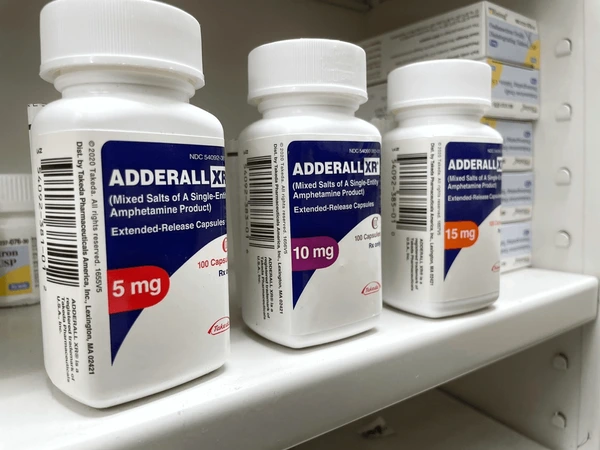Tramadol 225mg, Tramadol is a prescription medication used to treat moderate to severe pain. It is classified as an opioid analgesic, though its chemical structure is distinct from other opioids. While tramadol is generally considered safer than many opioids, it still carries risks and requires careful management. In this blog post, we will focus on tramadol 225mg, its uses, effects, side effects, and important considerations.
What is Tramadol 225mg?
Tramadol 225mg refers to a high-dose formulation of tramadol. The standard doses of tramadol are typically lower, with common prescriptions ranging from 50mg to 100mg. However, some patients may be prescribed higher doses, such as 225mg, to manage more severe pain conditions. This dosage is usually achieved through extended-release tablets designed to provide prolonged pain relief.
How Tramadol Works
Tramadol operates through two primary mechanisms:
- Opioid Receptor Binding: It binds to opioid receptors in the brain, which helps alter the perception of pain.
- Norepinephrine and Serotonin Reuptake Inhibition: Tramadol also inhibits the reuptake of neurotransmitters norepinephrine and serotonin, which can enhance its analgesic effects and contribute to mood stabilization.
Uses of Tramadol 225mg
- Pain Management: Tramadol 225mg is used to manage moderate to severe pain, especially in cases where other pain medications may not be effective or suitable. It is often prescribed for chronic pain conditions, such as arthritis or back pain.
- Post-Surgical Pain: This high dose may be used in a post-surgical setting to manage severe pain following major surgeries, where pain control is crucial for recovery.
Benefits of Tramadol 225mg
- Effective Pain Relief: For many patients, tramadol 225mg provides significant pain relief that can improve quality of life.
- Extended-Release Formulation: The extended-release formulation allows for prolonged pain management with fewer doses throughout the day, enhancing patient compliance.
Potential Side Effects and Risks
Tramadol, including the 225mg formulation, can cause a range of side effects, including:
- Nausea and Vomiting: Some patients may experience gastrointestinal disturbances.
- Drowsiness and Dizziness: These are common side effects and can impact daily activities.
- Constipation: Opioid medications often cause constipation, which may need to be managed with dietary changes or additional medications.
- Risk of Dependence: While tramadol is considered less addictive than other opioids, there is still a risk of dependence and withdrawal symptoms, especially with higher doses.
Important Considerations
- Dosage and Administration: Tramadol 225mg should be taken exactly as prescribed by a healthcare provider. Misuse or overuse can lead to serious health issues, including overdose.
- Drug Interactions: Tramadol can interact with other medications, including antidepressants and sedatives, leading to potentially dangerous effects. Always inform your healthcare provider of all medications you are taking.
- Avoiding Alcohol: Consuming alcohol while taking tramadol can increase the risk of severe side effects, including respiratory depression.
- Monitoring and Follow-Up: Regular follow-up appointments with your healthcare provider are crucial to monitor the effectiveness of the medication and adjust the dosage as needed.
Conclusion
Tramadol 225mg can be a valuable tool in managing severe pain when used appropriately. It provides extended pain relief with the benefit of fewer daily doses. However, due to its potential side effects and risk of dependence, it is essential to use it under the guidance of a healthcare provider. If you have any concerns or questions about tramadol, consult with your doctor to ensure it is the right choice for your pain management needs.



